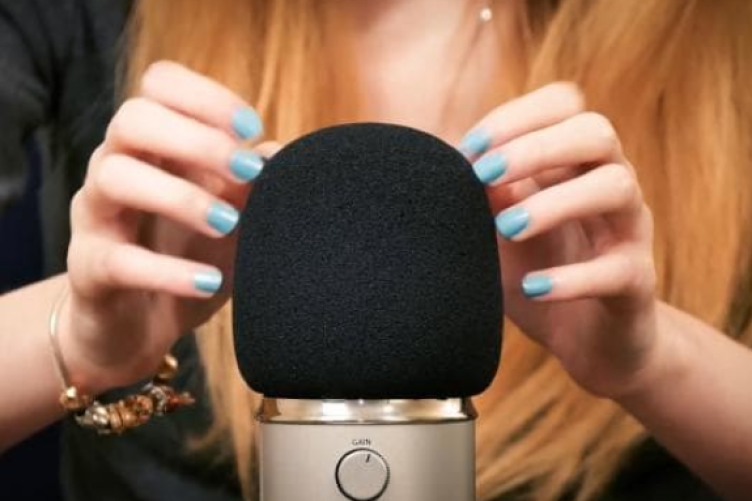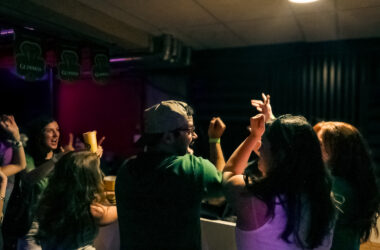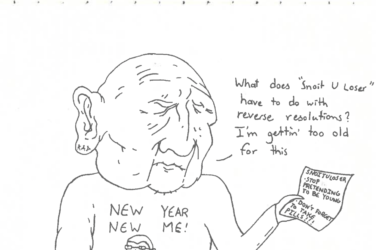Whispering, crumpling, tapping, and buzzing. These are among the most popular autonomous sensory meridian response (ASMR) techniques that millions enjoy over the internet. ASMR allows consumers to experience low levels of euphoria triggered by specific auditory or visual stimuli. Though some people do not experience this phenomenon, it is a growing trend among young adults and students who use it as an easily accessible means of relaxation.
Individuals who experience ASMR triggers believe that they help to cope with stress, anxiety, and even insomnia. Some describe the feeling as a ‘brain massage’—the equivalent of having someone play with their hair or trace their back. Though research on the effects of ASMR is still unfolding, a recent study at the University of Sheffield found that there are several mental and physical health benefits for those who frequently watch ASMR videos. The study concluded that individuals who experience ASMR tend to have lower heart rates and show significant increases in positive feelings such as relaxation and social connection. Madison Palmer, U1 Arts, explained that, for her, listening to ASMR videos is a form of self care.
“ASMR has a great calming effect,” Palmer said. “If you feel a panic attack coming on or are in the middle of one, it can really help.”
In recent years, ASMR videos have grown in popularity and developed into an art form of their own. ASMR producers, known as ASMRtists, creatively incorporate theatrics and detailed visuals into their video and, sometimes, even tell a story for the duration of the video.
There are currently more than 11 million ASMR videos on YouTube. The most in-demand video to date has over 20 million views. It features an ASMRtist speaking in whispered tones through a 3-D microphone which produces a binaural recording, mimicking how ears hear live sounds. Over the years, many ASMR videos have used this technology in combination with a variety of trigger-inducing techniques like cutting hair, turning pages, and speaking softly.
ASMR videos are ideal for university students since they are a free and calming coping mechanism for academic pressure. In fact, according to Think with Google, individuals between the ages of 18-24 make up more than half of the overall ASMR audience. To Vanessa Barron, U1 Arts, ASMR videos are appealing because they require no thought or brain power to view and are even less strenuous on the mind than music.
“It appeals to our generation because, let’s face it, we’re all stressed,” Barron said. “Hearing and watching something so simple, […] it’s just relaxing.”
Despite its usefulness, ASMR has a polarizing effect among individuals: Some are intrigued, while others struggle to understand the fascination and find the videos’ pseudo-intimacy odd or disturbing. However, no online content is the same. ASMRtists use different approaches and techniques. As a result, artists recommend sampling different content or watching a compilation of triggers. Christopher Cadogan, U2 Arts, agreed that viewers should explore a variety of ASMR videos and explained that sampling different genres may better help students relieve stress.
“[In general], I struggle to watch ASMR videos,” Cadogan said. “But there’s one in particular that I can watch for hours. […] It’s just about finding what works for you.”
ASMR videos provide a simple and creative way for individuals to de-stress. For overwhelmed university students, the world of ASMR could be key to many students’ mental wellbeing.









